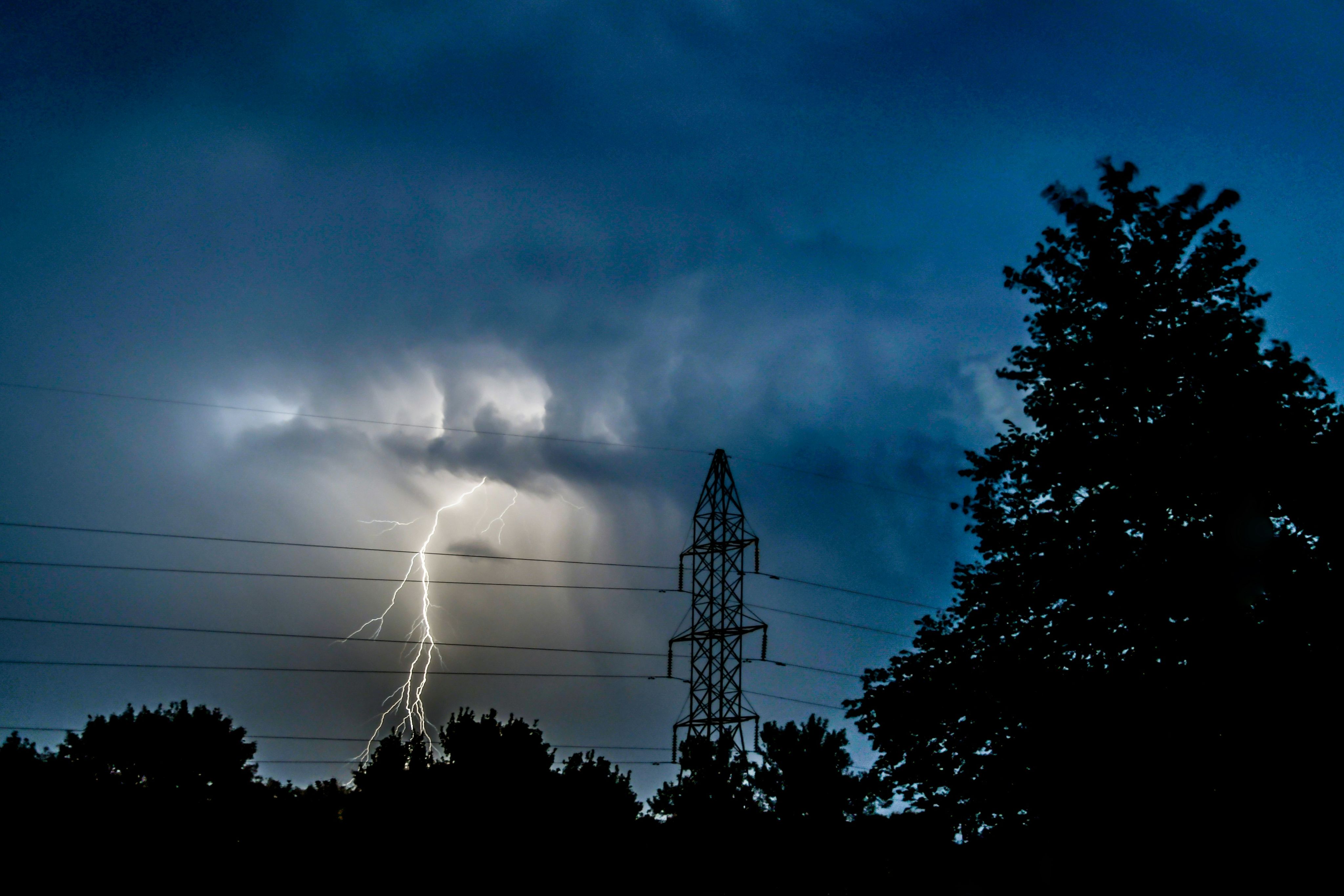Events

Events and Incidents
Energy Emergency Alerts
Between January and the end of July 2024, Western Interconnection entities initiated 24 energy emergency alerts (EEA). Fourteen alerts were EEA-3s, the most severe level. EEA-3 alerts concern events with the potential for load shedding, although no entities shed customer load during these events. There were 21 EEAs in 2023, nine of which were EEA-3s. The average duration of the EEA-3s in 2023 was 2 hours, 27 minutes, with the longest lasting just over six hours.
System Disturbances
In 2023, WECC received 165 Electric Emergency Incident and Disturbance Reports (DOE-417). Of these, more than half involved human activity, such as vandalism, physical threats, destruction, or property theft. About 7% of the reported events involved a loss of service to more than 50,000 customers due to weather. WECC tracks system performance on its Reliability and Security Indicator Dashboard.
IBR-related Events
In April 2023, nine solar facilities went offline in southern Utah, leading to a loss of 921 MW of generation. This was the first major widespread loss of solar generation outside of California. Two similar events have occurred since then in Utah, in 2023 and 2024, along with multiple disturbances tied to inverter-based resources (IBR) in California. These incidents affected solar facilities (both older facilities and those with new technology) and battery storage systems.
NERC issued an alert in June calling for generator owners of IBRs to address modeling that failed to accurately reflect the plants’ performance during disturbances. The alert also asked for recommendations for strengthening current modeling practices. In the alert, NERC said it had analyzed 10 large-scale disturbances on the bulk power system that involved the “widespread and unexpected reduction in output” of IBRs totaling nearly 15 GW since 2016, with the unexpected loss of approximately 10 GW occurring between 2020 and 2024.
Winter storms test system reliability
In January 2024, winter storms Heather and Gerri tested the reliability of the Western Interconnection. From January 10 through January 17, the storms brought below-average temperatures and freezing rain to the Pacific Northwest before moving through the Rockies and into the Midwest. Conditions strained the system as new winter peak loads were set.
The region experienced record low temperatures, particularly in the western metropolitan areas of Oregon and Washington. Fortunately, the lowest temperatures did not occur simultaneously. The Alberta Electric System Operator reported an all-time winter peak of 12,384 MW on January 11, and British Columbia set a new record peak demand of 12,334 MW on January 12. The U.S. Northwest BAs surpassed the previous winter peak load set during winter storm Elliott with a peak load of 31,711 MW.
No load was shed because of either storm; however, grid conditions were strained, with at least six Balancing Authorities (BA) declaring emergency alerts. In one case, the BA experienced more than 17 hours of an EEA-3 across four days. Between January 12 and 16, the NW was a net importer of an average of 4.9 GW per hour. In the Pacific Northwest, these storms "highlighted a tipping point and demonstrated how close the region is to a resource adequacy crisis,” according to the Western Power Pool’s Assessment of January 2024 Cold Weather Event.
Wind and solar production were reduced during the storm. On two days of the event, in Oregon, Washington, Idaho, Montana, and Wyoming, solar and wind contributed 1% or less of the energy in the area. Alberta wind production was reduced to less than 200 MW (capacity is approximately 4,400 MW).




